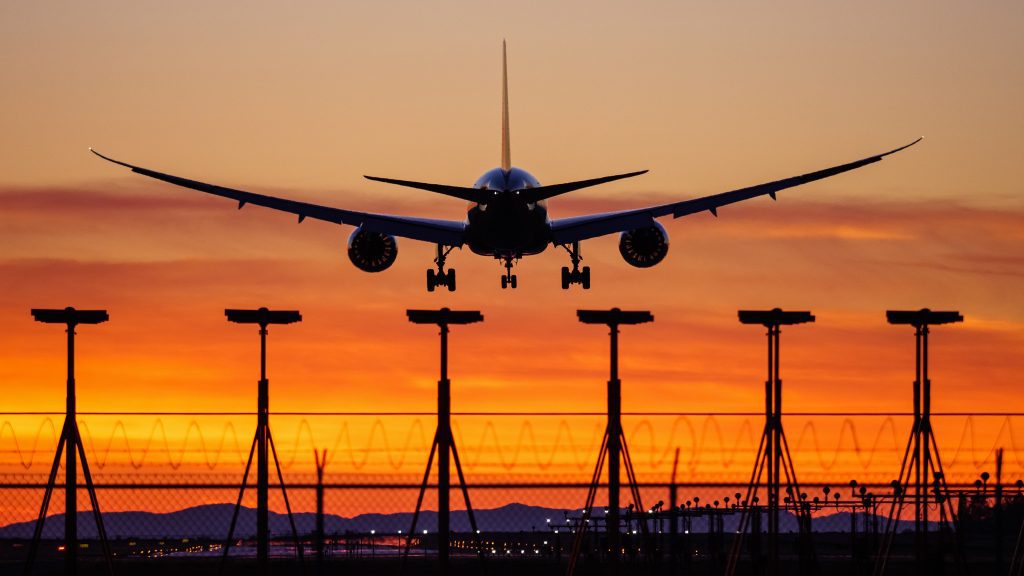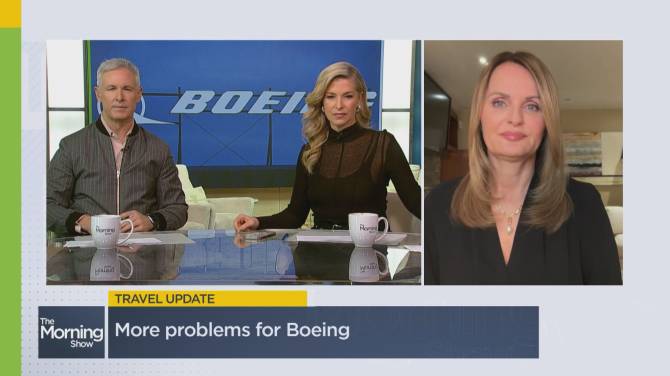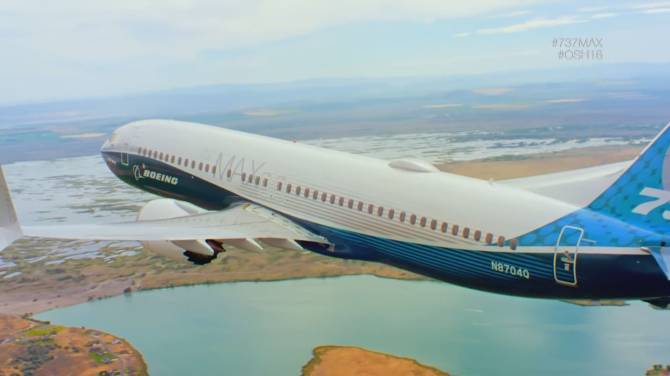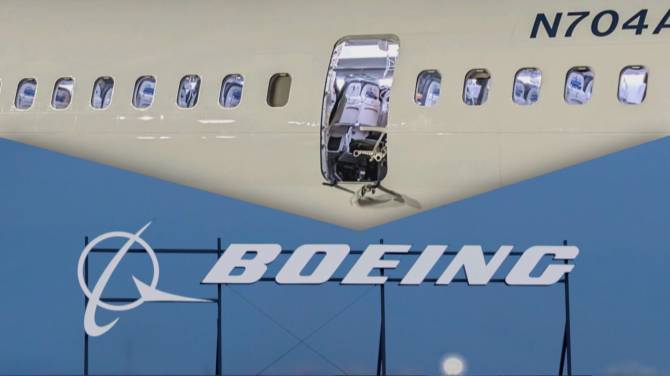It has been 15 years since the last deadly accident involving a U.S. airline, but it may not seem that way with the recent reports of flight problems over the past three months.
In the past, things like cracked windshields and minor engine problems didn't appear in the news very often.
That changed in January, when a panel covering the space for an unused emergency door blew off on an Alaska Airlines plane at 16,000 feet above Oregon. The pilots safely landed the Boeing 737 Max, but media coverage in the United States quickly overshadowed a fatal runway crash in Tokyo three days earlier.
And worries about air safety, especially with Boeing aircraft , have not lessened.
Is flying becoming more risky?
By the simplest measure, the answer is no. The last fatal crash involving a U.S. airline happened in February 2009, a remarkable period of safety. There were 9.6 million flights. But the absence of deadly accidents does not fully represent the state of safety. In the past 15 months, a last year.
The series of near misses grabbed the attention of regulators and travelers. Another gauge is the number of times pilots transmitted an emergency call to air traffic controllers. Flightradar24, a popular tracking site, just gathered the numbers
. The site’s data indicate such calls have increased since mid-January but remain below levels seen during much of 2023. Emergency calls are also an imperfect measure: the aircraftmight not have been
in immediate danger, and sometimes troubled planes never alert controllers. The National Safety Council estimates that Americans have a 1-in-93 chance of dying in a motor-vehicle crash, while fatalities on airplanes are too infrequent to calculate
the odds. Figures from the U.S. Department of Transportation present a similar scenario. “This is the safest form of transportation ever created, while every day on the nation’s roads about a 737 full of people dies,” said Richard Aboulafia, an experienced aerospace analyst and consultant. The safety council estimates that over 44,000 individuals died in U.S. vehicle accidents in 2023. A panel of experts reported in November that a shortage of air traffic controllers, outdated plane-tracking technology, and other issues pose an increasing threat to safety in the sky.
“The current decline in the margin of safety in the (national airspace system) due to these challenges is making the current level of safety unsustainable,” the group stated in a
52-page report
What's happening at Boeing? Many of the recent incidents involved Boeing planes, but not all of them..
Boeing is a $78 billion company and a major U.S. exporter, with a century-long legacy as a
prominent name in aircraft production
. It is one of the two dominant companies, along with Europe’s Airbus, in the manufacture of large commercial airplanes. However, the company's reputation suffered greatly due to the crashes oftwo 737 Max planes
in Indonesia in 2018, and another the following year, which resulted in 346 deaths. Boeing has incurred losses of nearly $24 billion over the past five years. It has faced challenges with production defects that often led to delays in delivering 737s and long-distance 787 Dreamliners. — one Boeing finally started to regain its stride in Ethiopia until the Alaska Airlines Max
. Investigators are looking into bolts that assist in securing the door-plug panel, but which were missing after a repair job at the Boeing factory. blowoutnotifying passengers about a criminal investigation. The Federal Aviation Administration
The FBI is is increasing oversight of the company. “What is happening with the production at Boeing? There have been issues in the past. They don’t seem to be getting resolved,” FAA Administrator Mike Whitaker said last month.
CEO David Calhoun says regardless of what conclusions investigators reach about the Alaska Airlines blowout, “Boeing is responsible for what happened” on the Alaska plane. “We caused the problem and we understand that.” Problems attributed to an airplane manufacturer can differ greatly. Some are design errors. On the original Boeing Max, the failure of
a single sensor
caused a flight-control system to point the nose of the plane down with great force — that happened before the deadly 2018 and 2019 Max crashes. It is a maxim in aviation that the failure of a single part should never be enough to bring down a plane.
In other cases, such as the door-plug panel that flew off the Alaska Airlines jet, it appears a mistake was made on the factory floor. “Anything that results in death is worse, but design is a lot harder to deal with because you have to locate the problem and fix it,” said Aboulafia, the aerospace analyst. “In the manufacturing process, the fix is incredibly easy – don’t do” whatever caused the flaw in the first place. Manufacturing quality appears to be an issue in other incidents too.
Earlier this month, the FAA proposed ordering airlines to inspect wiring bundles around the spoilers on Max jets. The order was prompted by a report that chafing of electrical wires due to faulty installation caused an airliner to roll 30 degrees in less than a second on a 2021 flight.
Even little things matter. After a LATAM Airlines Boeing 787 flying from Australia to New Zealand this month went into a nosedive — it recovered — Boeing reminded airlines to inspect switches to motors that move pilot seats. Published reports said a flight attendant accidentally hitting the switch likely caused
Investigations into some incidents point to likely lapses in maintenance, and many close calls are due to errors by pilots or air traffic controllers.
This week, investigators disclosed that an American Airlines jet that overshot a runway in Texas had undergone a brake-replacement job four days earlier, and some hydraulic lines to the brakes were
not properly reattached the plunge.
Earlier this month, a
tire fell off a United Airlines Boeing 777 leaving San Francisco, and an American Airlines 777 made an emergency landing in Los Angeles with a.
A piece of the aluminum skin was discovered missing when a United Boeing 737 landed in Oregon last week. Unlike the brand-new Alaska jet that suffered the panel blowout, the United plane was 26 years old. Maintenance is up to the airline. flat tire.
When a FedEx cargo plane landing last year in Austin, Texas, flew close over the top of a departing Southwest Airlines jet, it turned out that an air traffic controller had cleared both planes to use the same runaway Aviation-industry officials say that the most worrying incidents involve problems with flight controls, engines, and structural integrity.
Other things like damaged windshields.
and planes colliding at the airport rarely create a safety risk. Warning lights may indicate a serious issue or a false alarm.
“We take every event seriously,” former NTSB member John Goglia said, pointing to such vigilance as a factor in the current crash-free period. “The challenge we face in aviation is maintaining that record.” It has been 15 years since the most recent deadly accident involving a U.S. airliner, but you wouldn't guess that from the reports of a surge in flight problems over the past three months. and planes clipping each other at the airport rarely pose a safety threat. Warnings lights might indicate a serious problem or a false alarm.
“We take every event seriously,” former NTSB member John Goglia said, citing such vigilance as a contributor to the current crash-free streak. “The challenge we have in aviation is trying to keep it there.”






